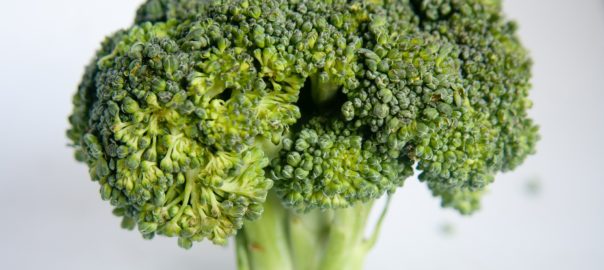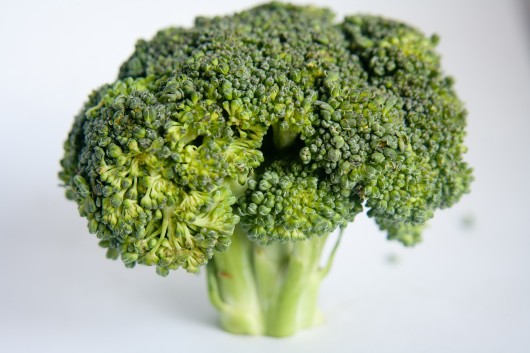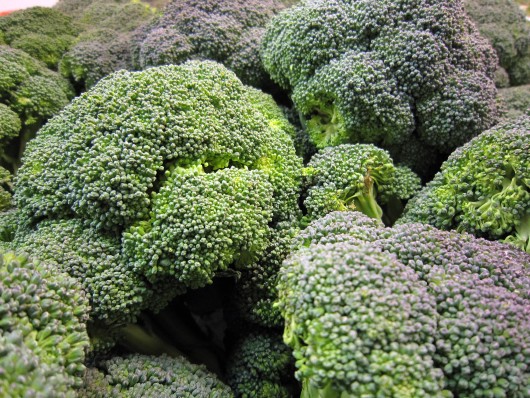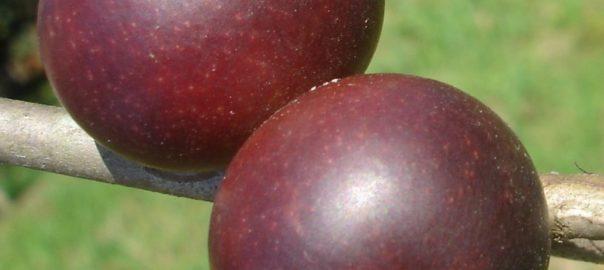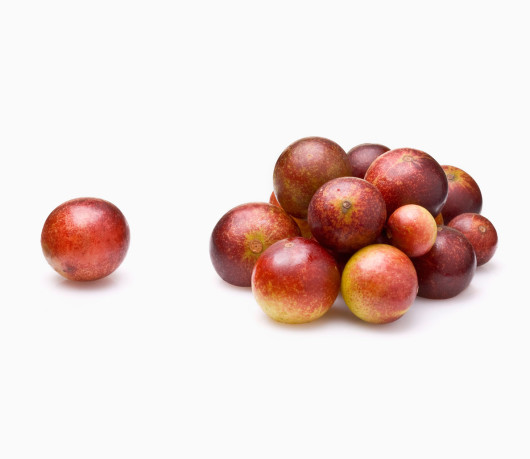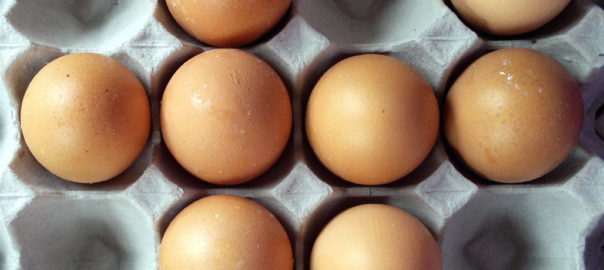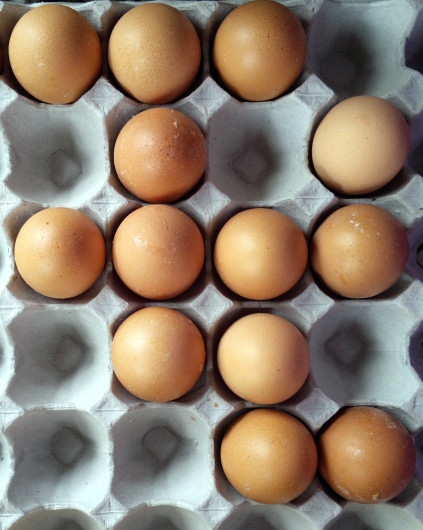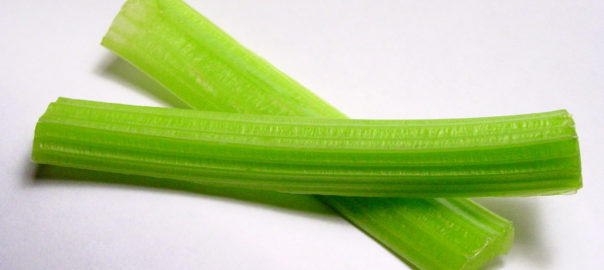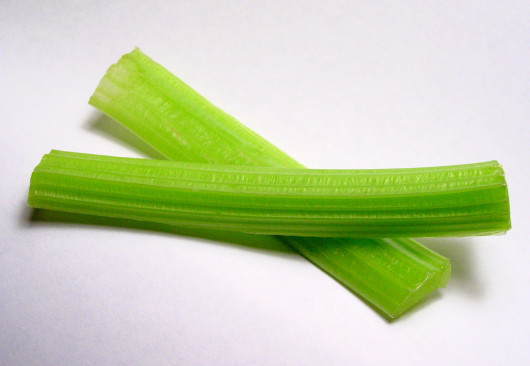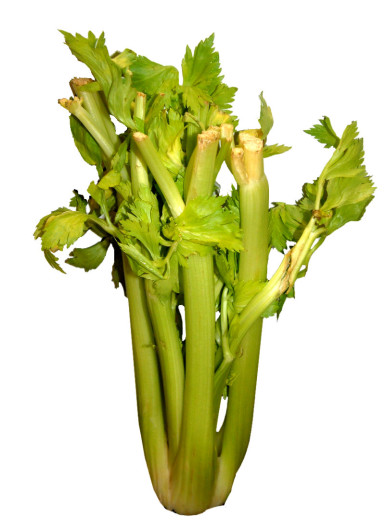What Is Kava Kava (Piper Methysticum)?
Kava Kava is a Tongan word for the herb Piper Methysticum. Native to the western Pacific, it’s historically used in ceremonial rites among the native people of Polynesia, Vanuatu, Hawaii, and Melanesia to name a few. Aboriginal partakers of the herb call it Grog. In Samoan and Tongan cultures, Kava Kava is used in ceremony that receives guests in a spirit of reverence and observes sacred ceremonies affirming identity. The psychoactive herb has long been a preferred brew among the royal bloodlines of Pacific Islanders.
Kava Kava Roots
The plant’s roots create a sedative effect that doesn’t interfere with mental clarity when processed as a drink. The effect of its kavalactones (including dihydrokavain, methysticin, and yangonin) are thought to influence the brain’s neurotransmitters. In addition to Kava’s mood stabilizing effects, it’s an aid for sore muscles, a pain reliever comparable to conventional medicines, a topical numbing agent, and a remedy for nocturnal incontinence and urinary tract infections. Kava Kava will also cleanse the blood and is recommended as a cardiac stimulant by Dr. John R. Christopher. In veterinary applications, it can calm animals that are extremely feral or inconsolably angry.
Scientific Conclusions About Kava Kava
In controlled double-blind studies, Kava Kava is shown to be more effective than placebo.The Cochrane Collaboration’s 2003 review took a proverbial fine-tooth comb to a large body of Kava Kava research and agreed the herb has enough of an effect (if minimal) on anxiety to be considered a viable treatment alternative. At least 7 studies have concluded that Kava Kava is an efficient anti-anxiety medicine (many feel it is just as effective as traditional medicines prescribed to this end). Cognitive improvement is an additionally recognized effect of the herbal remedy.
Kava is actually a member of the pepper family piperaceae that is traditionally chewed or consumed as a tea or liquid extract. For more controlled and convenient ingestion, it can also be taken in the form of a capsule or tablet. It is a powerful aid for conditions that cause general anxiety (including insomnia – by regulating cycles and causing a need for less sleep).
Safety Concerns Surrounding Kava Kava
Kava is considered generally safe if taken by individuals who do not suffer from a liver ailment, kidney condition, or Parkinson’s disease. The herb should not be taken before surgery as it can cause an extension of anesthetic effects. There is also a caution against consuming alcohol while taking Kava Kava supplements to avoid liver toxicity. Individuals taking blood pressure medicines should consult their medical service before taking Kava Kava as the herb may thin the blood and obstruct blood clotting. The remedy is also a diuretic that can exaggerate the impact of drugs sharing similar effects.
Kava Kava is considered unsuitable for children and women who are pregnant or nursing. The drug’s contraindications include anti-psychotic medications, benzodiazepines, and drugs falling under the SSRI classification (antidepressants). Kava Kava should not be ingested for intervals extending beyond 3 months without a rest period of two weeks between treatment cycles to allow the liver time to recuperate.
